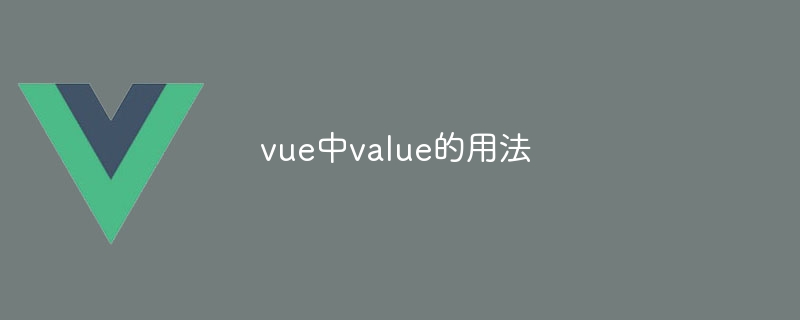How to use value in vue
The value attribute in Vue.js is used for two-way data binding, synchronizing values in components and data models. It is commonly found in input controls such as input boxes, drop-down lists, and text fields, allowing users to interact and update data. Additionally, it can also be used to display data, for example in labels. The value attribute also plays a role in subcomponent event data delivery, custom event listening, and controlling component state.

##Usage of the value attribute in Vue.js
The value purpose of the attribute
value attribute is a two-way binding attribute that allows the component to synchronize with the data model. This means that the component's value property will reflect the corresponding value in the data model, and the value in the data model will be updated based on the component's value property.
For input controls
value properties are most commonly used for input controls (such as ,


